| Structure | Name/CAS No. | Articles |
|---|---|---|
 |
sodium chloride
CAS:7647-14-5 |
|
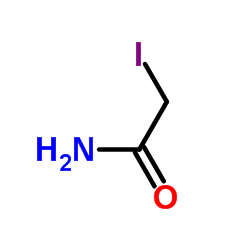 |
Iodoacetamide
CAS:144-48-9 |
|
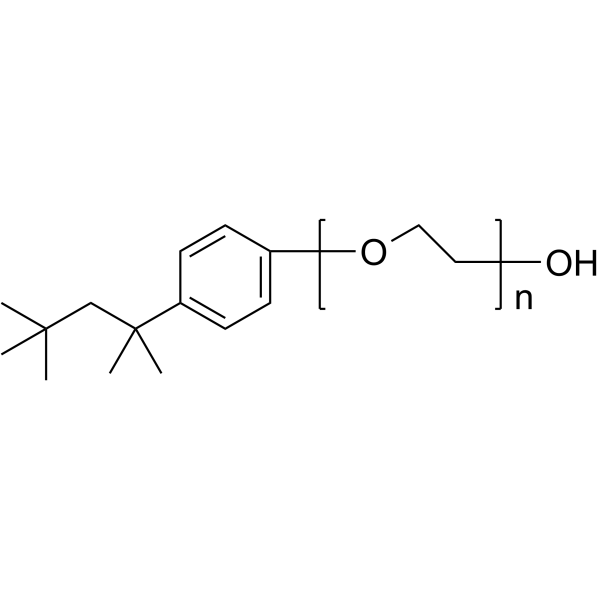 |
Triton X-100
CAS:9002-93-1 |
|
 |
SODIUM CHLORIDE-35 CL
CAS:20510-55-8 |
|
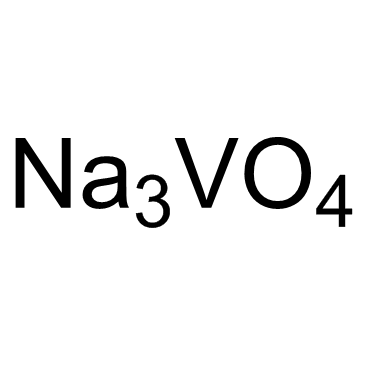 |
Sodium orthovanadate
CAS:13721-39-6 |
|
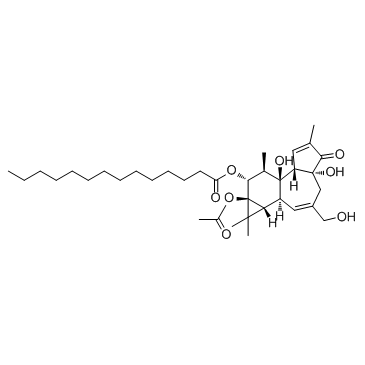 |
12-O-tetradecanoylphorbol-13-acetate
CAS:16561-29-8 |
|
 |
Tamoxifen
CAS:10540-29-1 |
|
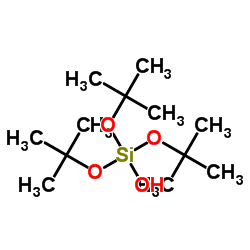 |
Tris(2-methyl-2-propanyl) hydrogen orthosilicate
CAS:18166-43-3 |
|
 |
Peanut oil
CAS:8002-03-7 |
|
 |
Ethylenediaminetetraacetic acid
CAS:60-00-4 |